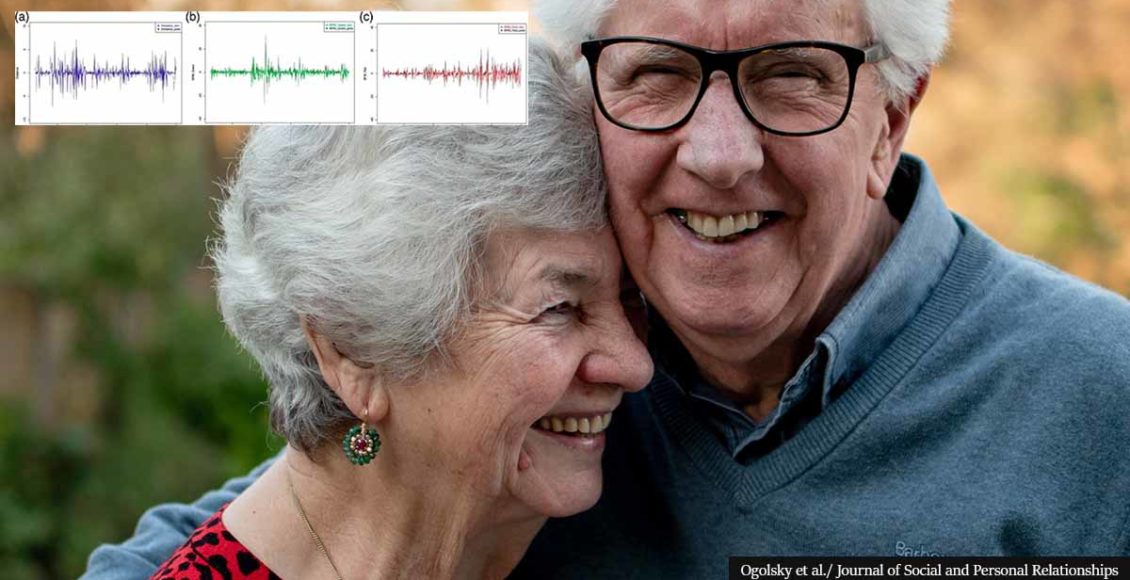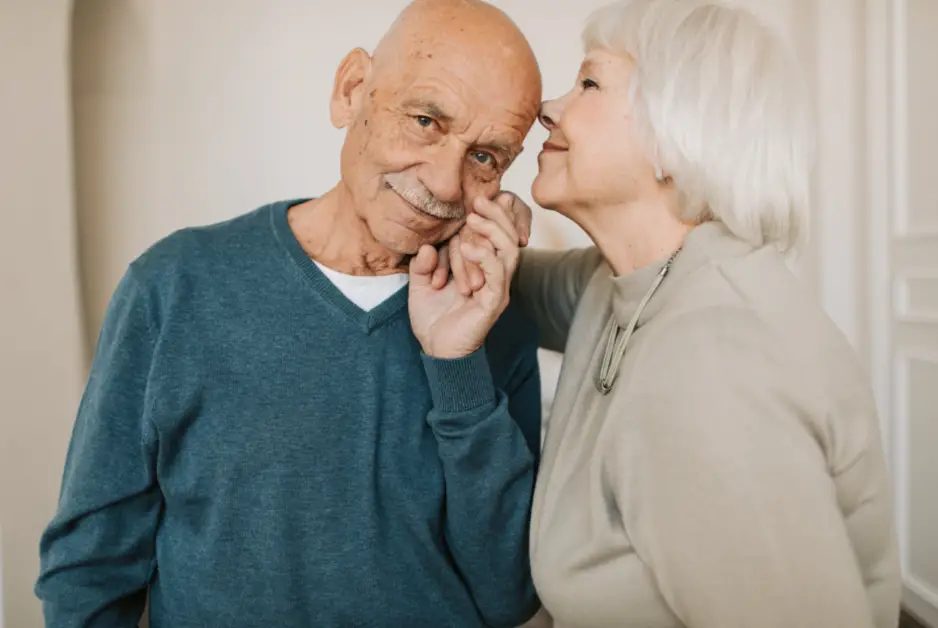Older couples ‘subconsciously synchronize heart rates’ when they are close together

Love can make partners’ hearts beat as one! Relationship experts revealed that older couples subconsciously sync up heart rates when close together.
A team of researchers from the University of Illinois found perhaps the most romantic scientific fact!
When close to one another, one member of each couple would influence the other’s heart rate and vice versa. And that’s when the magic happens because, after a while, their heart rates would synchronize. If that’s not romantic, I don’t know what is!

As per Daily Mail, the experts discovered this charming fact about old couples by measuring the pulses and proximity of ten long-term married heterosexual senior couples using electronic monitoring devices. The author of the study, romantic relationship researcher Brian Ogolsky, commented:
“We were looking for more objective ways to measure relationship dynamics, and we know that being around other people has psychological benefits. So, physical proximity seemed like a strong candidate.”
Interestingly, the researchers found out there is a similar pattern when people are fighting.
Noting that changes in heart rate can be positive or negative, professor Ogolsky explained:
“We’re not focusing on cause and effect, but on co-regulation, which happens when heart rates move in a synchronous pattern. That is, when the partners are close, their heart rate patterns indicate an interaction that is collectively meaningful in some way.”

Describing the examination process, the lead author said:
“Our first step was to see if heart rate and proximity are correlated over time. We looked at the husband’s heart rate with proximity, the wife’s heart rate with proximity, and the two heart rates with each other.
We also wanted to know if all three time-series worked together to give us unique information. Can we use any of them to predict the others? And the answer is yes. All three need to be included for us to be able to predict any one of them well.”
The study discovered that the couples’ heart rates synchronized with a so-called lead-lag relationship.
Simply put, the changes in their pulses would be led by one partner, with the other following. Professor Ogolsky disclosed:
“This suggests a delicate balance. When one partner triggers the other partner, they start a unique couple-level dance that affects their physiology and their patterns throughout the day.”

However, the team could not determine clear patterns behind the shifts. The relationship expert noted:
“We found each day is a unique context that changes depending on circumstances.
Couple interactions, their attitudes, behaviors — whether they’re close to each other or far away — change all the time. Even across 14 days, couples are not consistent enough in these kinds of objective patterns to allow us to make any couple-level conclusions.
We can make only make day-level predictions.”
The team of experts insists such “micro-processes” are of grand significance for relationship research.
Professor Ogolsky stated:
“If we really want to understand the unique patterns of interaction that happen within couples, we need to start focusing our attention on micro-processes — the small interaction patterns that accumulate over a day. [They] tell us about the nature of how couples’ interactions play out from moment to moment.”

